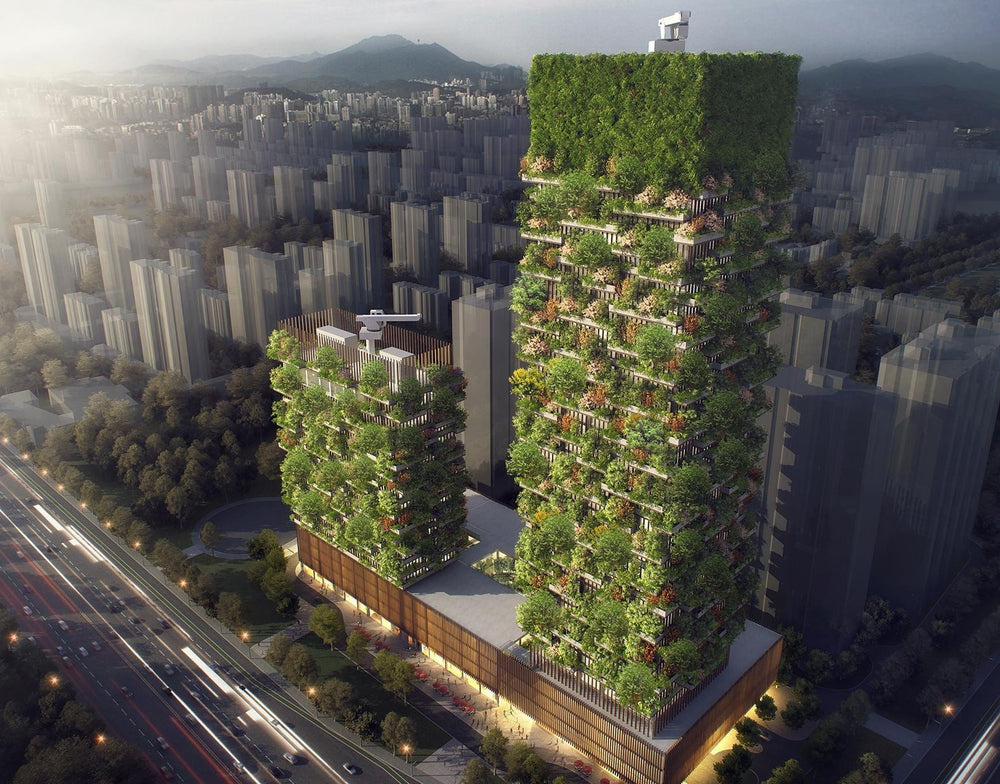News
Skyscrapers covered in forest? Yes, you read that right.

Over the last two decades, cities have emerged as the world’s main economic platforms for production, innovation and trade thus driving urbanisation even faster. In 2008, for the first time, the world's population was evenly split between urban and rural areas.
More developed nations were about 74 percent urban in 2008 as indicated by the United Nations, while 44 percent of residents of less developed countries lived in urban areas. Today, urbanisation is occurring rapidly in many less developed countries as well. It is expected that 70 percent of the world population will be urban by 2050.
The number is staggering and highlights quite many challenges megacities will have to face in the coming years. Less and less space for recreational areas like parks and other greenery while the need to house more and more people gets first priority. We'll see pollution levels skyrocket even faster "thanks" to this. Can we solve these issues without losing touch with nature?
There might be hope.

Why is this important? The inhabitat.com writes:
"The two green towers could provide the city with a breath of fresh air, producing around 132 pounds of oxygen every day as they absorb carbon dioxide. They’ll accomplish this air-cleaning feat with 1,100 flourishing trees from 23 local species and 2,500 cascading shrubs and plants."

Image courtesy of Stefano Boeri Architetti’s
That's just amazing. Let's re-forest our cities one skyscraper at a time. If this seems unattainable, you can start growing spruces with an indoor garden kit. Hey, it's a start.
Questions or thoughts? Share them in the comments.
-----------
Read more about the green towers on Inhabitat.com
Referenced from Inhabitat.com